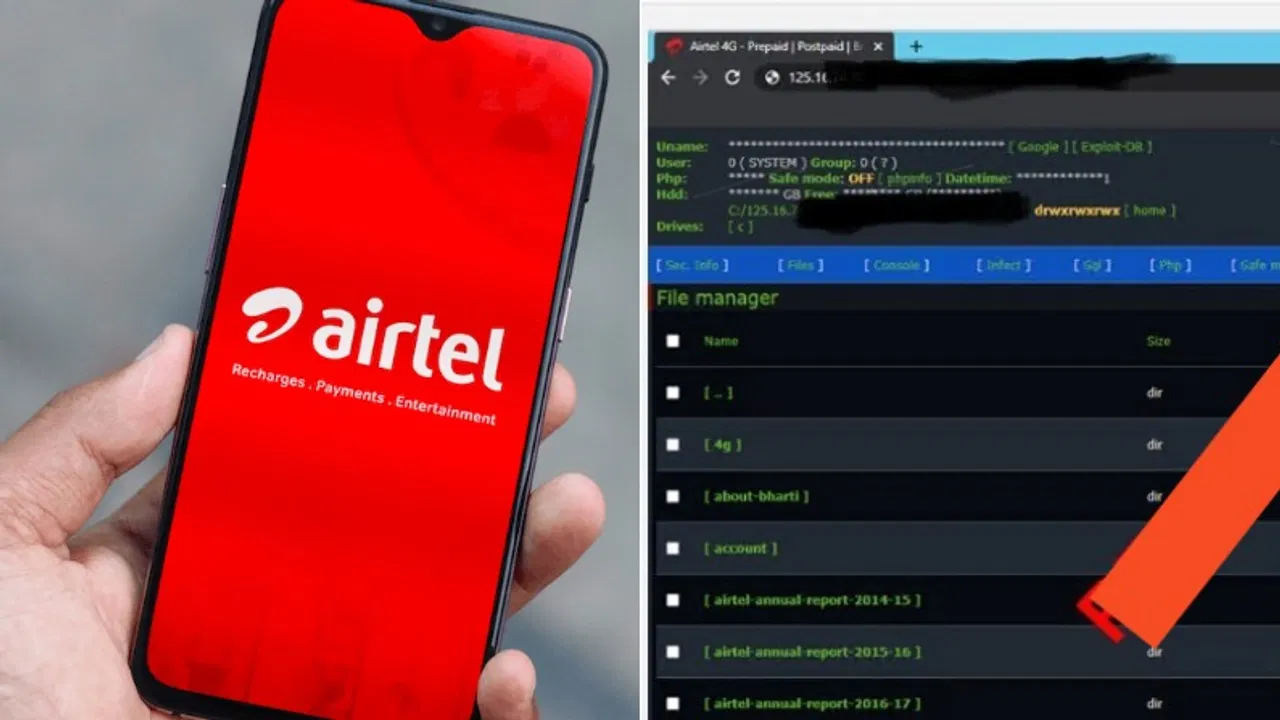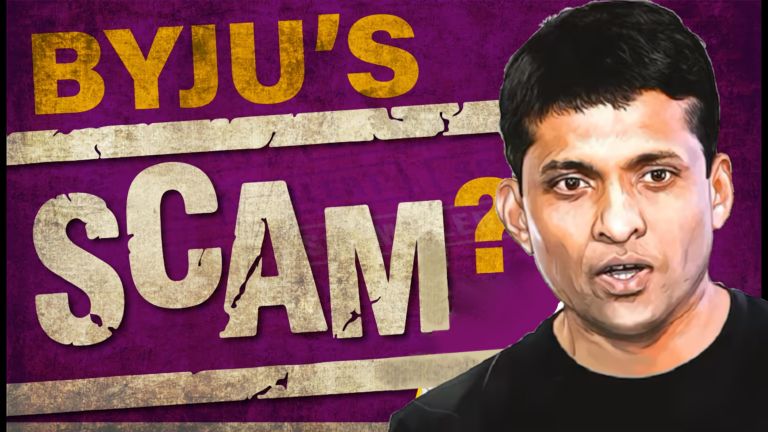
In case you are addicted to business WhatsApp forwards, LinkedIn posts or Twitter telecoms posts over the weekend, one of the hot news headlines is making noise: Airtel Slaps Civil Suit on Tejas Networks Claims BSNL is sabotaging private network using its indigenous 4G kit. The leakage of a letter on November 21, 2025, broke the story, and the industry is talking like a faulty antenna. No. 2 telco Bharti Airtel (364 million users) has claimed that Tejas Networks of Tata Group has installed sub-standard equipment in the long-awaited 4G deployment by BSNL, which has resulted in intense interference that is crippling the services of Airtel in Rajasthan. It is not a court case as of now but a formal complaint that is being escalated to a civil suit threat but it is already matching the private giants against the government push of Make in India. Since the rejuvenation of BSNL depends on the local suppliers, is it a technology malfunction or known sabotage? This is the complete costing of how this suit went off and why it is a powder keg to the Indian telecom, and what would happen should Tejas not repair it immediately.
It was relit in December 2024 that the fuse re-lit as BSNL began actually powering up its native 4G network, years after its original planned rollout, and 19.592 crore of government bailout. Tejas Networks was a new company following its acquisition of Tata in 2021, and was the first to make headway as the hardware hero: it installed radio units and filters in the 800 MHz band across Rajasthan and elsewhere, and TCS as integrator and C-DoT as software provider. The goal? Self-sufficiency – no Huawei imports, only home-grown stack to serve 1 lakh towers throughout the country. However, ghosts began appearing in the machine to Airtel in the nearby spectrum, 900 MHz, dropped calls increased to 15 percent, data speeds dropped to less than 5 Mbps in Jaipur and Jodhpur, and calling VoLTE sounded like whispers in a storm due to signal bleed.
By mid-2025, Airtel engineers tracked it to the design of the filter made by Tejas to a 864-894 MHz range per 3GPP standards, but the Indian downlink is narrower at 869-889 MHz. Result? Out-of-band emissions that leak like a sieve, bang into the band of Airtel and create serious interference that has cost the operator millions of customers and network band-aid operations. Airtel sent courteous emails in January, and even conducted joint test in March, at one time even involving DoT in giving instructions in June. Nothing. In despair, they threw the November 14 hammer: a 5 page letter that they wanted corrective action to take place immediately, or they would have to bring a civil suit against damages, including service interruptions since the previous year. It throws down the challenge of repeated submissions, discussions, and tests that have been ignored, denouncing the quality of gear Tejas supplied as sub-standard and a direct threat to the quality of service. The suit? Going probably to Delhi High Court, demanding injunctions, equipment recalls, compensation – maybe 50-100 crore ball of money, say industry rumors.
Tejas retaliated with pace refuting the “sub-standard” label as an expert. They asserted that they completely met the emission requirements of BSNL with considerable margins in a statement to ET and attributed the mess to a band-neighbor dispute between BSNL at 800 MHz and Airtel at 900 MHz – a classic band-neighbor war. They promised to add filters, following consultation with DoT, Airtel, and BSNL, which suggested a speedy software update or hardware upgrade by Q1 2026. But there is a smell to it: Tests of TRAI of the recent drive tests have already signalled the 4G that BSNL is a bust, with a lower speed and greater drops than Jio/Airtel, and with weak transmit power in 4 000+ towers. An October 21 letter of BSNL to Tejas/ TCS replicated the lamentations of Airtel: coverage, poor handover all related to low Tx levels. Is the native stack of Tejas – which was announced as a win of 1,000 crore – under the pressure in reality?
It is not just a quarrel this is an earthquake in the revival of telecom in India. BSNL had 92 million users, yet still hemorrhaging 7,000 crores annually, is dreaming of 5G on this 4G push, and market share. Tejas, which was worth 40,000 crore after Tata, is now 6x to Atmanirbhar. Airtel? They are the cash cow, yet the meddling affects their 5G rollout, Rajasthan is a major circle with 20m subs, DoT in between locals and privatizing, invites china hawks through imports. False referrals are already doing with “liberated court files” ripping lawyers off with “Airtel vs Tejas insider tips” at 5,000. Even worse, in case the suit gets stuck, the 4G based on BSNL might stagnate in the country, pushing 5G to 2028.
The fallout? Tejas shares dropped 3 percent Friday, although analysts perceived an upside stocks -Fixes would enhance credibility on international bids. Airtel gains a street cred of being the reliable player. For you? Looking to patchier BSNL signals in the short term, but a robust ecosystem in the long-haul. One X thread commented: Airtel sues Tata? Jio then sues Moon over tides causing WiFi. No laughing matter this suit – it is the test of desi tech. Watch DoT December meet; that is when the actual verdict has been passed.
For advertisement on our platform, do call at +91 6377460764 or email us at contact@thephilox.com.





